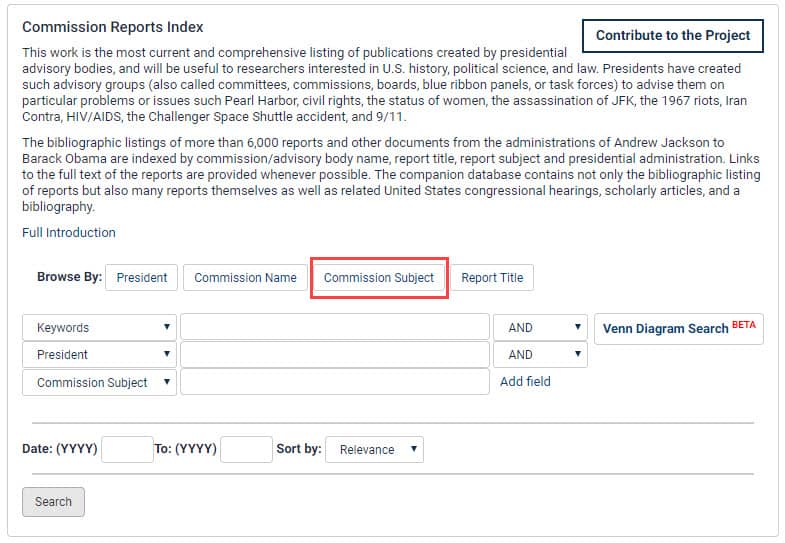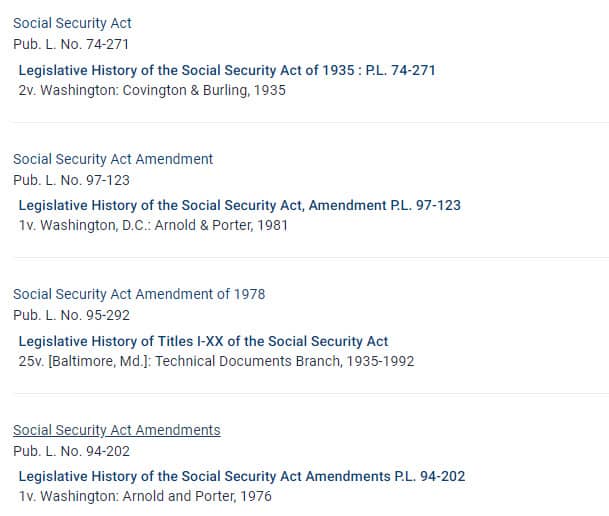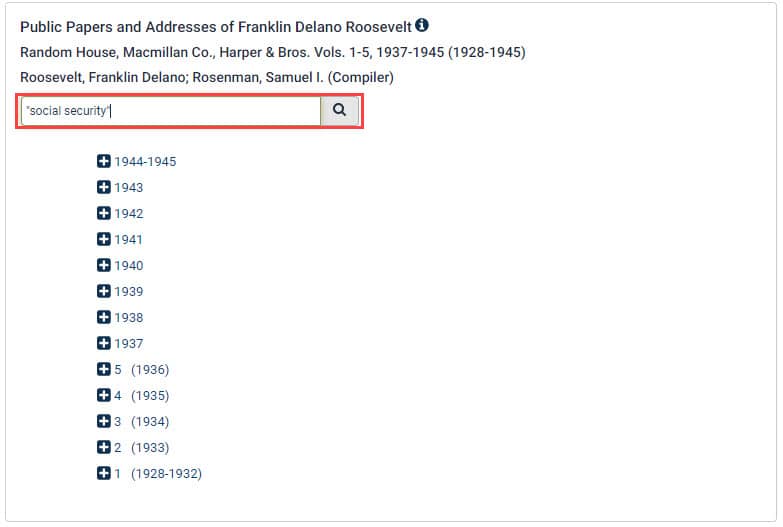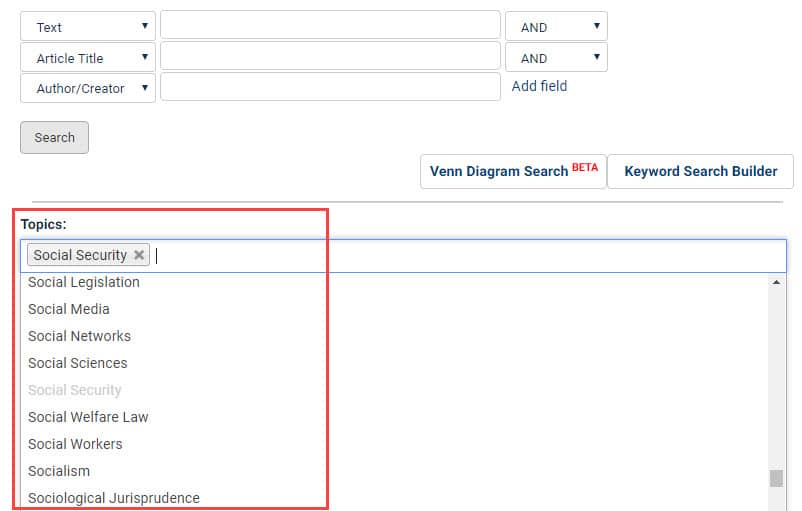You may have a Social Security number, but do you actually know why? On this day 84 years ago, the first act was signed to implement social security programs in the United States. Explore the origins of U.S. Social Security with HeinOnline.
Before We Get Started:
Don’t miss out! Make sure you have the databases we’ll be mentioning in this post. Follow the links below to start a trial today.
- Law Journal Library
- U.S. Statutes at Large
- U.S. Presidential Library
- U.S. Federal Agency Documents, Decisions, and Appeals
- U.S. Federal Legislative History Library
- Reports of U.S. Presidential Commissions and Other Advisory Bodies – Named to the 2018 List of Best Historical Materials
Social Security in the United States
What is Social Security?
In the United States, social security refers to the federal monetary support provided to retirees, disabled persons, and families of retired, disabled, or deceased workers and administered by the Social Security Administration. The support is funded by payroll taxes on the salaries of all U.S. workers (with limited exceptions). To be exempt from Social Security taxes, one must generally follow a religion that does not believe in insurance or whose members have taken a vow of poverty.
Social Security taxes are collected by the Internal Revenue Service (IRS) and are subsequently entrusted into two Social Security Trust Funds: the Federal Old-Age and Survivors Insurance Trust Fund and the Federal Disability Insurance Trust Fund. The collected taxes are then distributed as monthly income to Social Security beneficiaries. A nine-digit number, known as a Social Security number (SSN), is issued to most U.S. citizens, residents, and temporary working residents to track the accounts of each individual person within the Social Security program.
In 2018, it was determined that 39% of Americans over 65 would have incomes below the poverty line without Social Security. Instead, only 9% of elderly Americans fall below the poverty line with added Social Security benefits. Social Security income has thus reduced the poverty rate for more than 15 million elderly Americans.
Origins of the Social Security Program
Franklin D. Roosevelt assumed the U.S. presidency in the midst of the Great Depression, a severe economic crisis of the 1930s. Unemployment levels rose as individual incomes, tax revenue, and other profits plummeted, negatively impacting people of all socioeconomic statuses worldwide. To resolve the crisis in the United States, President Roosevelt pushed economic reform through “New Deal” financial and social programs intended to provide relief, reform, and recovery.
During this time, the United States remained the only industrial country without social security, or a government system to financially support citizens with inadequate income. As the Great Depression loomed, many proposed that the federal government provide financial assistance to the elderly. Hopeful that such a plan would stimulate the failing economy, President Roosevelt organized the Committee on Economic Security to develop programs for national health care, unemployment insurance, and retirement pensions.
View the various reports from the Committee on Economic Security in HeinOnline’s Reports of U.S. Presidential Commissions and Other Advisory Bodies. Simply browse by “Commission Subject” and choose the subject of “Social Security” to view Roosevelt’s Committee on Economic Security reports as the first result.

After the work of the Committee was done, Roosevelt proposed a Social Security Act which removed the national health care program but did propose programs for unemployment insurance and old-age pensions. Following several congressional hearings and debates on the act, Roosevelt signed the Social Security Act of 1935 into law on August 14 of the same year. Though it has been heavily amended over the years since its passage, the Social Security Act of 1935 is composed of ten major titles:
- Title I: Grants to States for Old-Age Assistance
- Title II: Federal Old-Age Benefits
- Title III: Grants to States for Unemployment Compensation Administration
- Title IV: Grants to States for Aid to Dependent Children
- Title V: Grants to States for Maternal and Child Welfare
- Title VI: Public Health Work
- Title VII: Social Security Board
- Title VIII: Taxes with Respect to Employment
- Title IX: Tax on Employers of Eight or More
- Title X: Grants to States for Aid to the Blind
View the legislative history of the Social Security Act of 1935 and its subsequent amendments in HeinOnline’s U.S. Federal Legislative History Library. From the database home page, simply browse the collection by Popular Name and filter the list by the letter “S.” Scroll to find the various Social Security Acts of the United States and their respective legislative histories.


To learn more about his social security plan, users can view the public papers and addresses of President Roosevelt in HeinOnline’s U.S. Presidential Library. From the home page, choose the “Public Papers” subcollection and select “Public Papers and Addresses of Franklin Delano Roosevelt”. In the search bar, enter “social security” to bring up the available Roosevelt public papers and addresses on the topic.

For a broader academic understanding of social security, utilize HeinOnline’s Law Journal Library. For example, perform a full-text search in the main search bar for “social security” AND Roosevelt to bring up more than 10,000 results, including:
- Constitutional Background to the Social Security Act of 1935
- The Right to Economic Security – A Study of the Development of the Roosevelt Social Security Work and Relief Program
- Ideology and Opportunity in Social Work During the New Deal Years
- The Development of the Social Security Act of 1935: Reflections Some Fifty Years Later
Alternatively, users may perform a more general search on the topic of social security with the Law Journal Library’s Advanced Search tool. With the tool, users may search various metadata, including related topics. Enter the topic “Social Security” to view nearly 12,000 related results. Refine the search results by date, topic, location, organization, and more using the facets on the left-hand side of the results page.

Do you enjoy learning about highlights in history? Are you eager to catch up on current events? Perhaps you’d rather dive into fun, random subjects like Star Wars, drones, turtles, or circus elephants? The HeinOnline Blog posts about these topics and more. Hit the Subscribe button to stay in the loop.
Don’t forget to connect with us on our social media platforms: Facebook, Twitter, Instagram, and YouTube.



